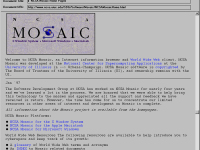CERN and its Brilliant Minds
On June 10, 1955, the laying of the foundation stone of the European Organization for Nuclear Research Laboratory (CERN) was performed by Felix Bloch, the organization‘s first President. Since 1955, numerous essential experiments were executed, leading to significant contributions in the world of physics and to our daily lives. Physics Research in Europe The name CERN is originally derived from the French acronym ‘Conceil Europeén pour la Recherche Nucléaire’. In 1952, a…
Read more








